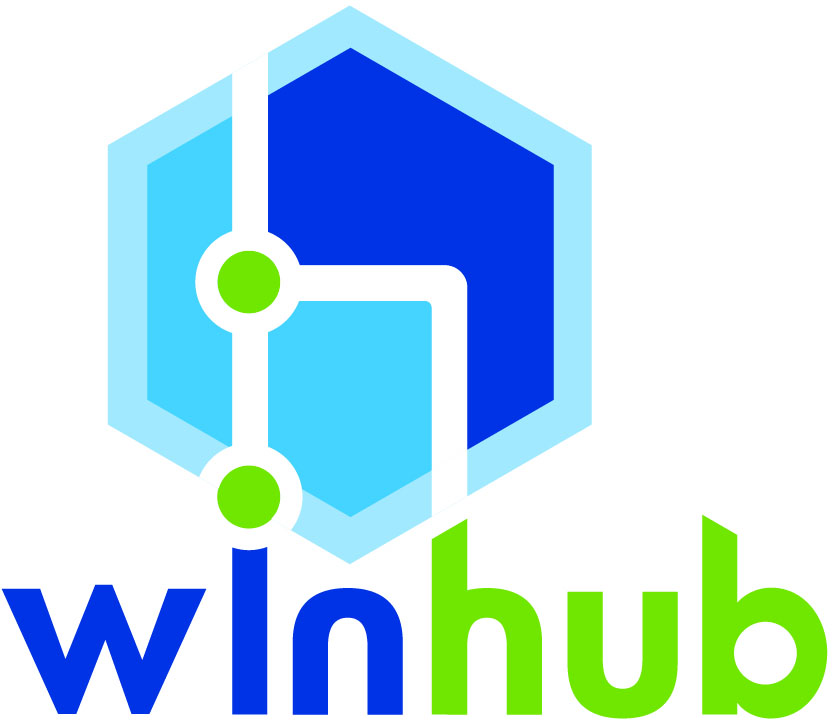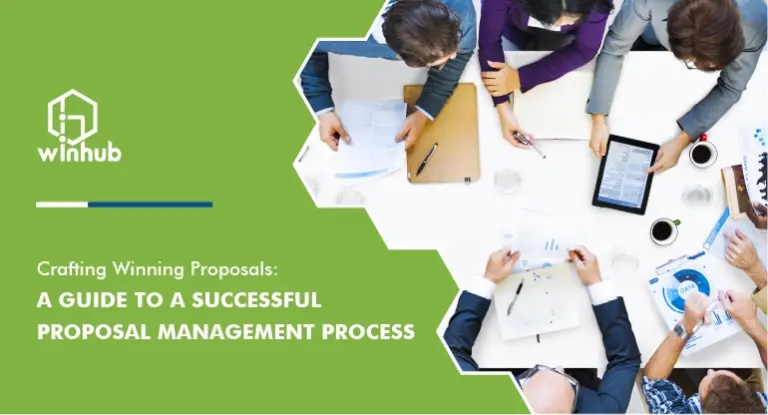Creating a compelling response to a request for proposal (RFP) can be a daunting task. Extensive guidelines, resource requirements, and numerous steps involved can quickly become overwhelming.
However, a well-defined successful proposal management process can transform this challenge into an opportunity. This structured approach streamlines tasks and information, ensuring your final proposal meets all RFP criteria and is submitted within the deadline, significantly increasing your chances of success.
Proposal Management Process
This process ensures that the company’s goals align with their expectations. Effective proposal management results in a written document detailing the project’s progress and expectations. This approach minimizes errors and eliminates the risk of missing proposal submission deadlines.
The proposal management process should incorporate the following six steps:
1. The Decision
Before writing the proposal, the company must decide whether to bid for the project. This decision should be made after evaluating and considering the company’s capabilities and resources. After all the business development team members agree, they should proceed with the next steps.
2. Proposal Planning
Following the decision to submit the proposal, a strategy for the next steps should be developed. A proposal manager must be assigned to identify individual tasks, develop a strategy, assign tasks, and draft an outline and schedule. The manager must have the necessary proposal management process skills to act as an advocate for the organization and gather information from subject matter experts. He or she will lead team meetings, set and communicate expectations and address issues as they arise. They will be responsible for the project’s completion and timely delivery. Now is the ideal time to begin coordinating with other contractors for subcontracting opportunities.
3. Start-Off Meeting
The next step is to call everyone for a start-off meeting. During this meeting, team members will review their responsibilities. By understanding each person’s role, members will know who to turn to for help with proposal writing, which saves a lot of time. Another helpful tip is to ensure that everyone has thoroughly read the RFP before the meeting so they can clarify any important points. Besides enhancing proposal management skills, an outline of the proposal should also be presented at this meeting.
4. Proposal Development
At this stage, it’s time to implement your plan by writing the proposal according to the RFP requirements. The team can utilize the storyboarding approach, creating a visual summary of the proposal’s structure. This may include graphics and other necessary elements. Additionally, formatting should be addressed before finalizing the proposal. And remember, editing and reviewing are crucial components of this stage in the proposal management process.
5. Sending the Proposal
The proposal manager must be aware of the submission requirements and deadlines. For example, some agencies accept proposals electronically, while others require physical document submissions.
6. Closing a Proposal
The proposal manager should send follow-up emails to the client to confirm receipt of the proposal. Additionally, since this proposal may include materials useful for future submissions, it should be stored in the content library for easy team access.
These steps should be followed to deliver a proposal effectively. This systematic approach to the proposal management process significantly enhances the likelihood of securing the bid.
Proposal Management Strategies
Proposal management process strategies have undergone an evolution over time. The bidding company must devise a project management strategy tailored to its unique circumstances.
Below are several commonly employed strategies in contemporary practice.
RACI Matrix
The RACI matrix is a useful tool for clarifying roles and responsibilities within a team or organization. RACI stands for Responsible, Accountable, Consulted and Informed. When applied to the proposal management process, a RACI matrix helps ensure that all team members understand their roles and contributions throughout the proposal process. Here’s how you can use a RACI matrix for proposal management:
- Responsible (R): These are the individuals responsible for completing specific tasks related to the proposal. They are responsible for conducting research, writing sections of the proposal, gathering data, or creating visuals. These are the individuals responsible for completing specific tasks related to the proposal. They are responsible for conducting research, writing sections of the proposal, gathering data, or creating visuals.
- Accountable (A): The proposal manager is ultimately accountable for the success of the proposal. He monitors the proposal’s overall quality making sure that deadlines are met.
- Consulted (C): These are individuals who provide expertise on certain aspects of the proposal. They may not be directly responsible for completing tasks, but their insights are valuable for shaping the proposal.
- Informed (I): These are senior leaders or external partners who need to be kept informed about the progress of the proposal. They may need to provide approvals, review drafts or be aware of key developments.
To apply the RACI matrix to proposal management, list all tasks from research to submission, assign roles using RACI and share it with the team for clarity. Regularly update the matrix as the proposal progresses to accommodate changes.
By using a RACI matrix for the proposal management process, you can ensure clear communication and accountability, ultimately leading to a more efficient and successful proposal process.
Gantt Chart
Meeting proposal deadlines is crucial, requiring comprehensive research and analysis within specific timeframes. Gantt charts aid in task sequencing and timing, allowing the proposal manager to monitor individual task progress.
To construct a Gantt chart, list all project tasks, break them into manageable activities and identify task dependencies. Make sure to estimate task durations and consider factors like days, weeks or months.
Next, pinpoint essential project milestones to monitor progress. These may entail start and end dates, significant deliverables, or crucial meetings. Once armed with this data, craft a Gantt chart using project management software such as Microsoft Excel or Google Sheets.
Keep in mind that, when employing this strategy for a proposal management process, it’s essential to distribute the chart to stakeholders, team members and other pertinent parties. This helps to foster awareness of the project schedule, allowing for coordinated activity planning.
Project Implementation Plan
A project implementation plan is a comprehensive document that outlines how a project will be executed, monitored, and controlled from initiation to closure. It acts as a roadmap for the project team, stakeholders and involved parties, offering clear insights into project objectives, scope, resources, timelines, and responsibilities.
This approach is particularly beneficial for RFP newcomers. It provides comprehensive guidance on crafting and submitting compelling proposals, including detailed instructions. Regular meetings are held to track proposal progress, fostering collaboration with experts. Each member is assigned tasks aligned with their expertise.
A project implementation plan serves as the cornerstone for an efficient proposal management process, directing execution, monitoring progress and securing successful outcomes.
Agile
This approach utilizes Agile methodologies like Scrum and Kanban, primarily following the Scrum framework. It involves short iterations or sprints lasting a few weeks each. Key roles include the capture manager, proposal manager and professional development manager. Daily standup meetings are conducted to discuss progress briefly, ensuring continuous communication and swift decision-making.
Additionally, a sprint planning meeting is held, involving both the proposal manager and the capture manager to discuss backlogs and other important matters. This strategy facilitates easy progress tracking, allowing the proposal manager to gauge advancements after each sprint completion. Team members gain confidence as they see proposal preparation nearing completion with each day’s efforts. Daily feedback also allows for immediate corrections if needed.
Agile methodologies frequently employ visual aids like Kanban or Scrum boards to monitor work progress, ensuring visibility for all stakeholders. These boards offer real-time updates on task statuses, bottlenecks, and priorities, helping team organization, alignment, and goal focus.
The Agile approach emphasizes transparency in the proposal management process, prioritizing customer, or end-user value. Agile methodologies serve as robust project management tools, offering flexibility, collaboration, and value-driven practices to navigate dynamic environments and deliver results efficiently.
Conclusion
The difference between the proposal process and the proposal management process is that the latter doesn’t contain pre-RFP or capture planning elements of the capture and proposals section of the proposal process. Effective proposal management necessitates a balanced approach, integrating goal setting with management practices. Implementing risk assessment methods and contingency plans is vital to address unforeseen challenges.
WinHub offers valuable assistance and can help you with overcoming obstacles encountered when adopting a proposal management process.



